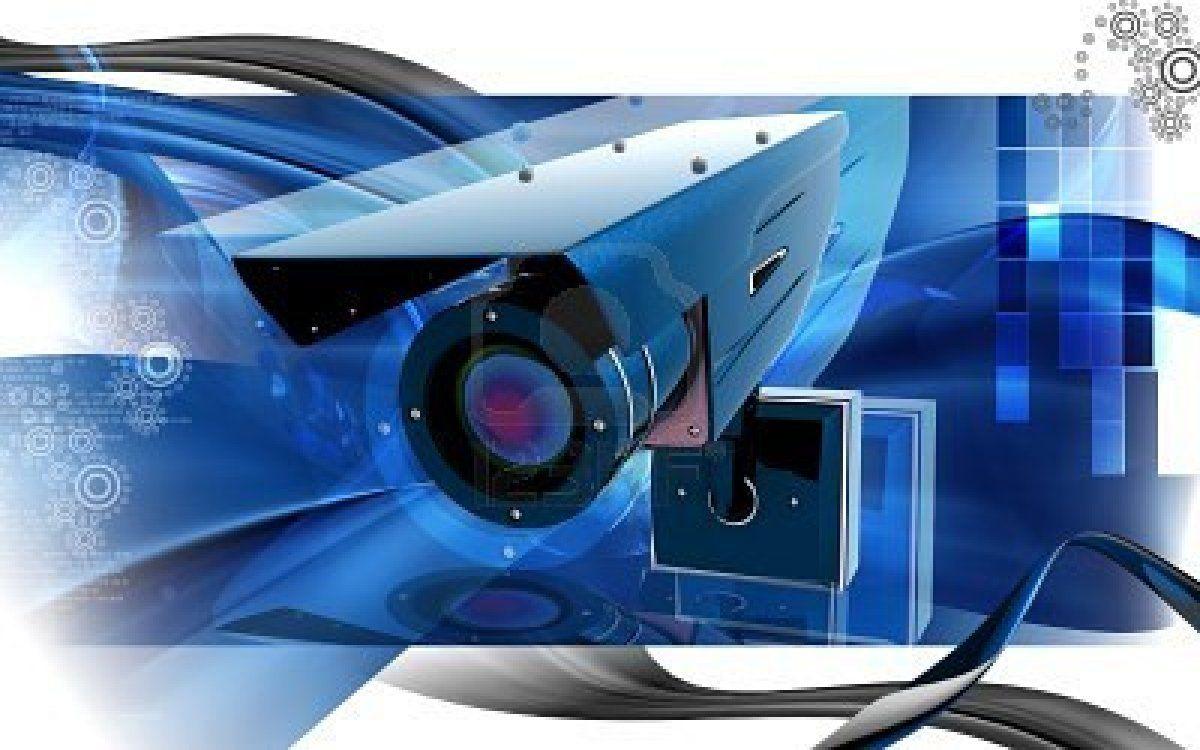
Welcome to the world of surveillance—the realm where security cameras take center stage in protecting our homes, businesses, and public spaces. With their unwavering gaze, security cameras have become the vigilant guardians of our watchful society, constantly monitoring for signs of danger and ensuring our safety. In this article, we will delve into the power of these technological sentinels, exploring how they have transformed the landscape of security and revealing the myriad benefits they bring. Join us as we peel back the layers of surveillance and unveil the remarkable capabilities of security cameras.
The Evolution of Security Cameras
Over the years, security cameras have undergone a remarkable transformation, adapting to the ever-changing needs of the modern world. From their humble beginnings as simple observation devices, they have evolved into sophisticated tools that play a vital role in ensuring the safety and security of various environments.
In the early days, security cameras operated on closed-circuit television (CCTV) systems, which required manual monitoring by security personnel. These cameras were bulky and limited in functionality, often capturing grainy, black-and-white images. However, they marked the first step towards a more secure society.
The advent of digital technology revolutionized the surveillance industry, paving the way for more advanced security camera systems. High-definition video capabilities became a standard feature, providing clear and detailed footage, even in low-light conditions. Moreover, wireless connectivity enabled the integration of security cameras with other devices, allowing for remote monitoring and control.
With the rise of artificial intelligence (AI) and machine learning, security cameras became even more powerful. Smart cameras equipped with advanced analytical capabilities can now automatically detect and alert users to potential threats or suspicious activities. These intelligent systems significantly reduce human error and improve response times, enhancing overall security effectiveness.
In conclusion, the evolution of security cameras has been nothing short of extraordinary. From their humble origins, they have transformed into cutting-edge tools that continually push the boundaries of surveillance technology. With each innovation, security cameras continue to play a crucial role in safeguarding our homes, businesses, and public spaces, ensuring a safer and more secure future for all.
Benefits of Using Security Cameras
Business Security Systems With Cameras
Deterrence: One of the primary advantages of security cameras is their ability to deter criminal activity. The presence of cameras can act as a strong deterrent to potential thieves, vandals, or intruders. Knowing that their actions are being captured on camera and could potentially lead to identification and apprehension, individuals are less likely to engage in criminal activities.
Monitoring and Surveillance: Security cameras provide a valuable tool for monitoring and surveillance. Whether it's a home, office, or public space, cameras enable constant observation of activities and areas of concern. This allows for timely response and intervention in the case of suspicious or unlawful behavior, enhancing overall safety and security.
Evidence and Investigation: In the unfortunate event of a crime occurring, security cameras can play a crucial role in gathering evidence. The recorded footage can serve as invaluable evidence to help identify suspects, establish timelines, or piece together the sequence of events. This aids law enforcement agencies and provides solid evidence for investigations, increasing the chances of successful prosecution.
Remember, security cameras serve as powerful tools in safeguarding people and property, helping create a safer and more secure environment for everyone.
Challenges and Considerations in Security Camera Implementation
When it comes to implementing security cameras, there are a number of challenges and considerations that need to be addressed. These factors play a crucial role in the effectiveness and functionality of the system.
Firstly, one of the major challenges is determining the optimal placement of the security cameras. Proper placement is essential to ensure maximum coverage and minimize blind spots. Factors such as the layout of the premises, the desired field of view, and potential obstructions need to be taken into account. A thorough analysis of the area is necessary to identify suitable locations for the cameras.
Another consideration is the selection of the right type of security camera for the specific needs and requirements of the surveillance system. There is a wide range of cameras available, each with its own features and capabilities. Factors such as image resolution, low-light performance, and weather resistance need to be evaluated to ensure the chosen cameras are suitable for the environment they will be deployed in.
Additionally, privacy concerns must be addressed during the implementation of security cameras. It is important to strike a balance between monitoring and respecting the privacy of individuals. Clear guidelines and policies should be established to govern the use of the cameras and the storage and access of recorded footage. This helps to protect the rights of individuals while still ensuring the overall security objectives are met.
In conclusion, the challenges and considerations in implementing security cameras encompass proper placement, selecting the appropriate camera type, and addressing privacy concerns. By carefully addressing these factors, a robust and effective surveillance system can be put in place, enhancing the security and safety of the monitored environment.